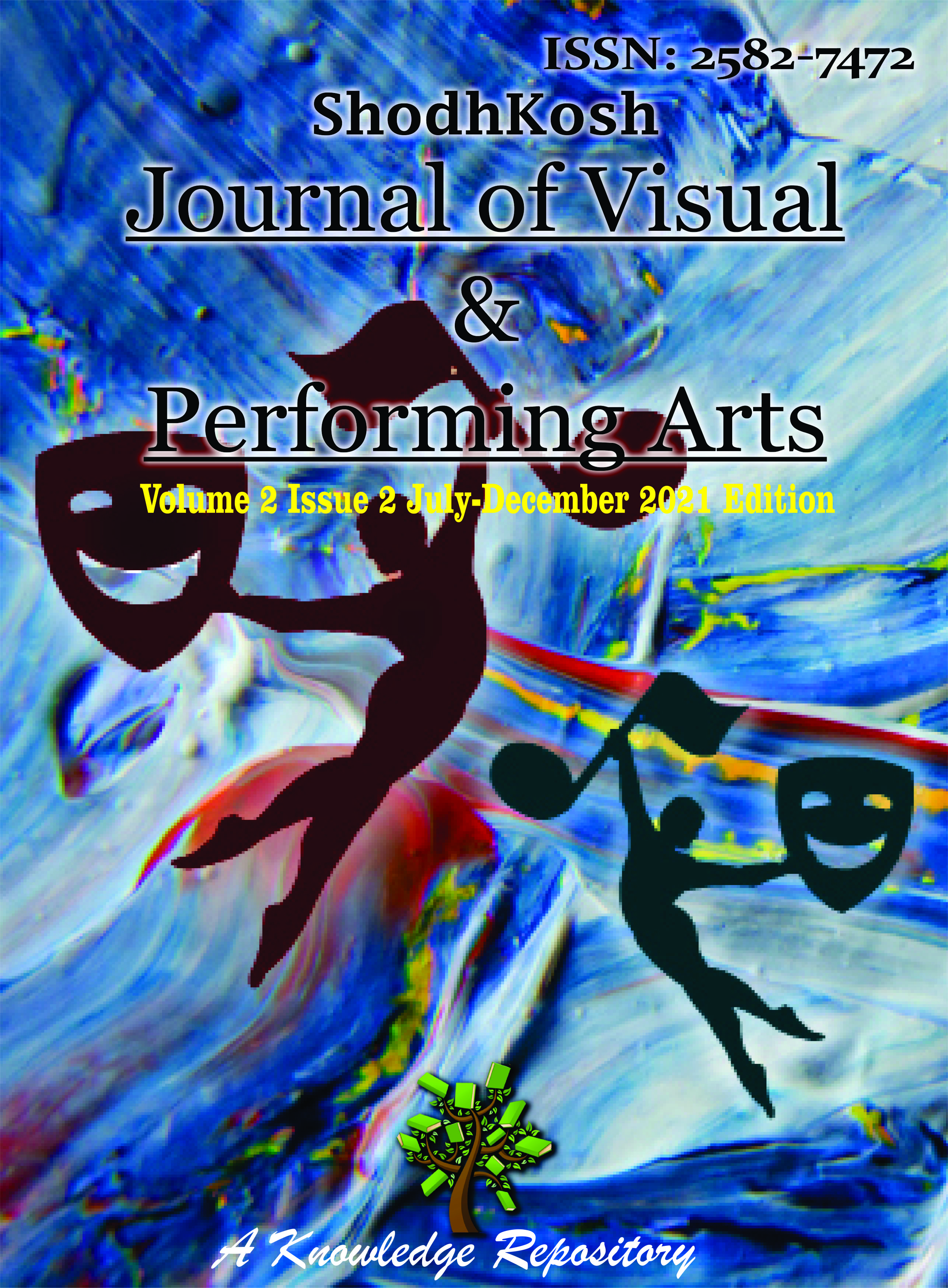FACTORS AND PROBLEMS OF CHILD MARRIAGE IN INDIA
DOI:
https://doi.org/10.29121/shodhkosh.v2.i2.2021.3250Keywords:
Poverty, Domestic Violence, Health Problems, Ignorance and DepressionAbstract [English]
Child marriage is closely associated with poverty and is likely to increase girls’ vulnerabilities. Girls who marry young are often socially isolated and cut-off from family, friends and other support systems. They may face an increased risk of limited opportunities for education and decent work. In spite of the Prohibition of Child Marriage Act (2006), the practice of child marriage remains pervasive due to factors spread across the socio-ecological spectrum, including structural inequalities and regressive social norms. The objective of this analysis is to study and trace the trends in the practice of child marriage in India. The review is based on the latest data and evidence and will examine socio-economic determinants to understand the specific role of these factors, which perpetuate this harmful practice. Marriage is one of the important social institutions and it is a means of establishing a family through which the society perpetuates. This social process is expressed in the form of rituals and symbols. In India 45 percent of girls are wedded below 18 year. The Niger is top country (74.5%) in the world for child marriage below 18 years of the age, followed by Chad, Mali, Bangladesh, Guinea and Central African Republic, their percentages are 71.5, 70.6, 66.62, 63.1 and 57 respectively. Majority of girls who were married below 18 year are from poor and below poverty line (BPL) families. Nearly 80 percent girls are facing the domestic violence (beaten, slapped or threatened), health problems. Most of the girls who are married before 18 year are likely to get pregnancy problems and there were death case reported. Girls younger than 15 are five times more likely to die in childbirth than women in their 20s. The age group below 18 year has high fertility. Child brides often show signs symptomatic of sexual abuse and post-traumatic stress such as feelings of hopelessness, helplessness and severe depression.
References
Agarwal, Deepti & Mehra, Sunil. (2004). Adolescent Health Determinants for Pregnancy and Child Health Outcomes among the Urban Poor, Indian Pediatrics – Environmental Health Project, Special Article Services, Volume 41, New Delhi.
Bhatt, A. Sen and U. Pradhan (2005) “Child Marriage & the Law in India”, Human Rights Law Network, New Delhi. p.259
Biswajit Ghosh, (2006): Trafficking in Women & Children, Child Marriage and Dowry: A Study for Action Plan in West Bengal, Dept of Women & Child Development & Social Welfare, Govt. of West Bengal & UNICEF.
Child and Law, Indian Council for Child Welfare, Chennai, Tamil Nadu, India, 1998, page 210.
Child and Law, Indian Council for Child Welfare, Chennai, Tamil Nadu, India, 1998, page 218.
Haberland, N. & E. Chong. (2004). „A world apart: The disadvantage and social isolation of married adolescent girls‟, Population Council, New York. DOI: https://doi.org/10.31899/pgy22.1010
Yadav, K.P. (2006). „Child Marriage in India‟, Adhyayan Publishers & Distributors, New Delhi. p.303.
Verma, A. (2004). Factors Influencing Anaemia among Girls of School Going Age (6-28 Years) from the slums of Ahmedabad City, Indian Journal of Community Medicine Jan-March, XXIX (1).
The National Institute of Public Cooperation and Child Development (NIPCCD),
Saraswat, Ritu. (2006). „Child Marriage: A Social Evil‟, Social Welfare, April, 2006
Downloads
Published
How to Cite
Issue
Section
License
Copyright (c) 2021 Dr. Sugureshwar R

This work is licensed under a Creative Commons Attribution 4.0 International License.
With the licence CC-BY, authors retain the copyright, allowing anyone to download, reuse, re-print, modify, distribute, and/or copy their contribution. The work must be properly attributed to its author.
It is not necessary to ask for further permission from the author or journal board.
This journal provides immediate open access to its content on the principle that making research freely available to the public supports a greater global exchange of knowledge.




























